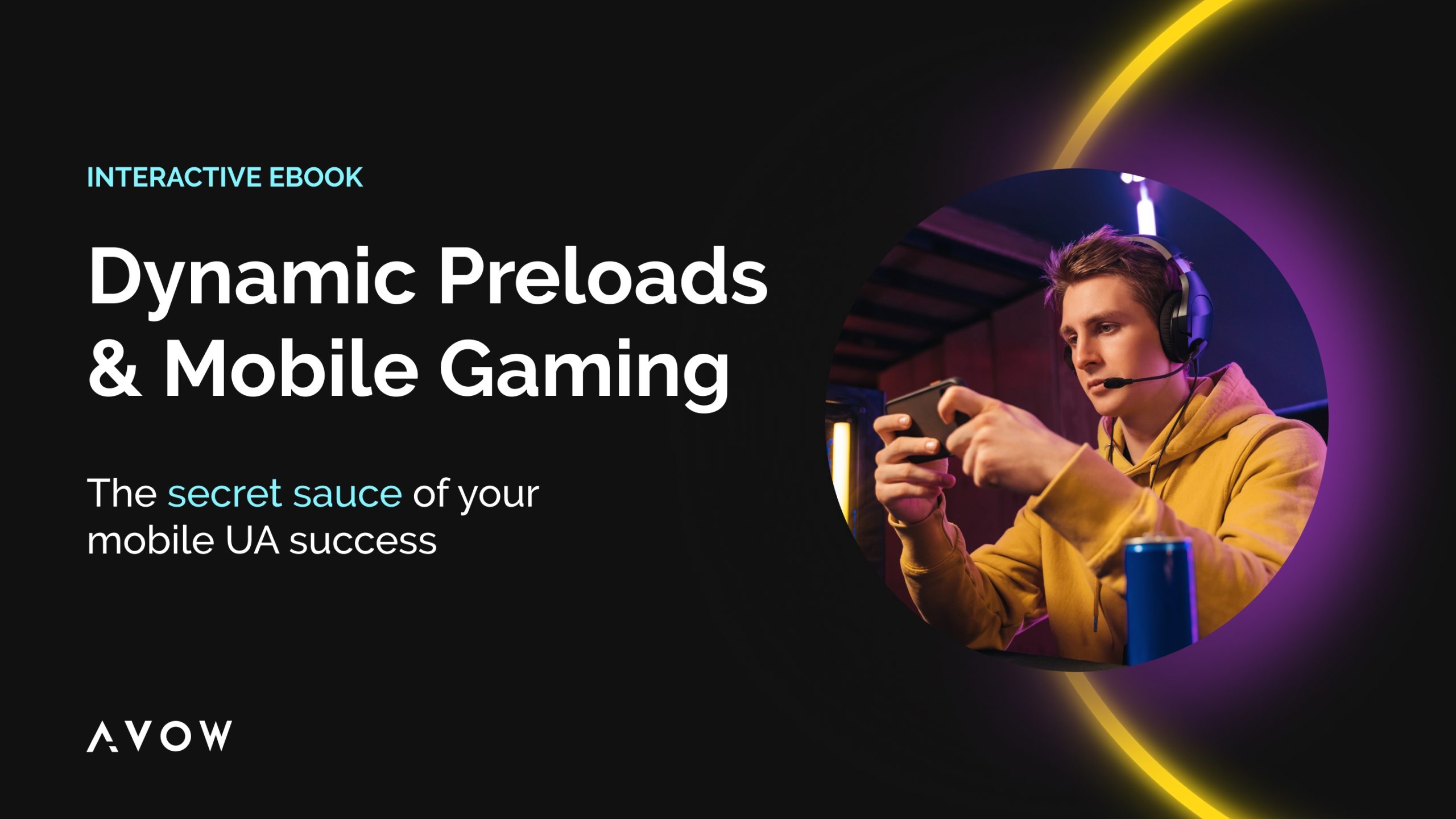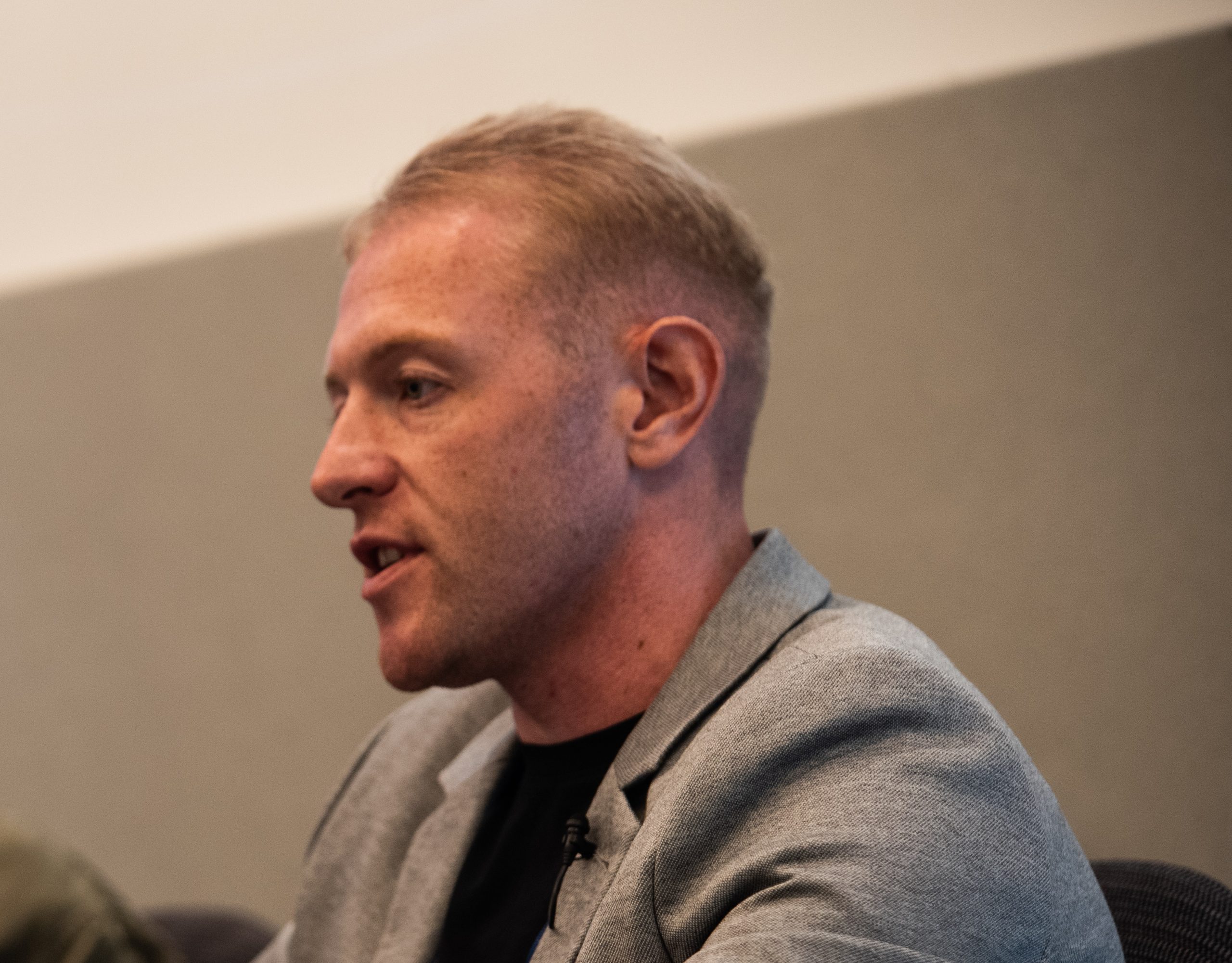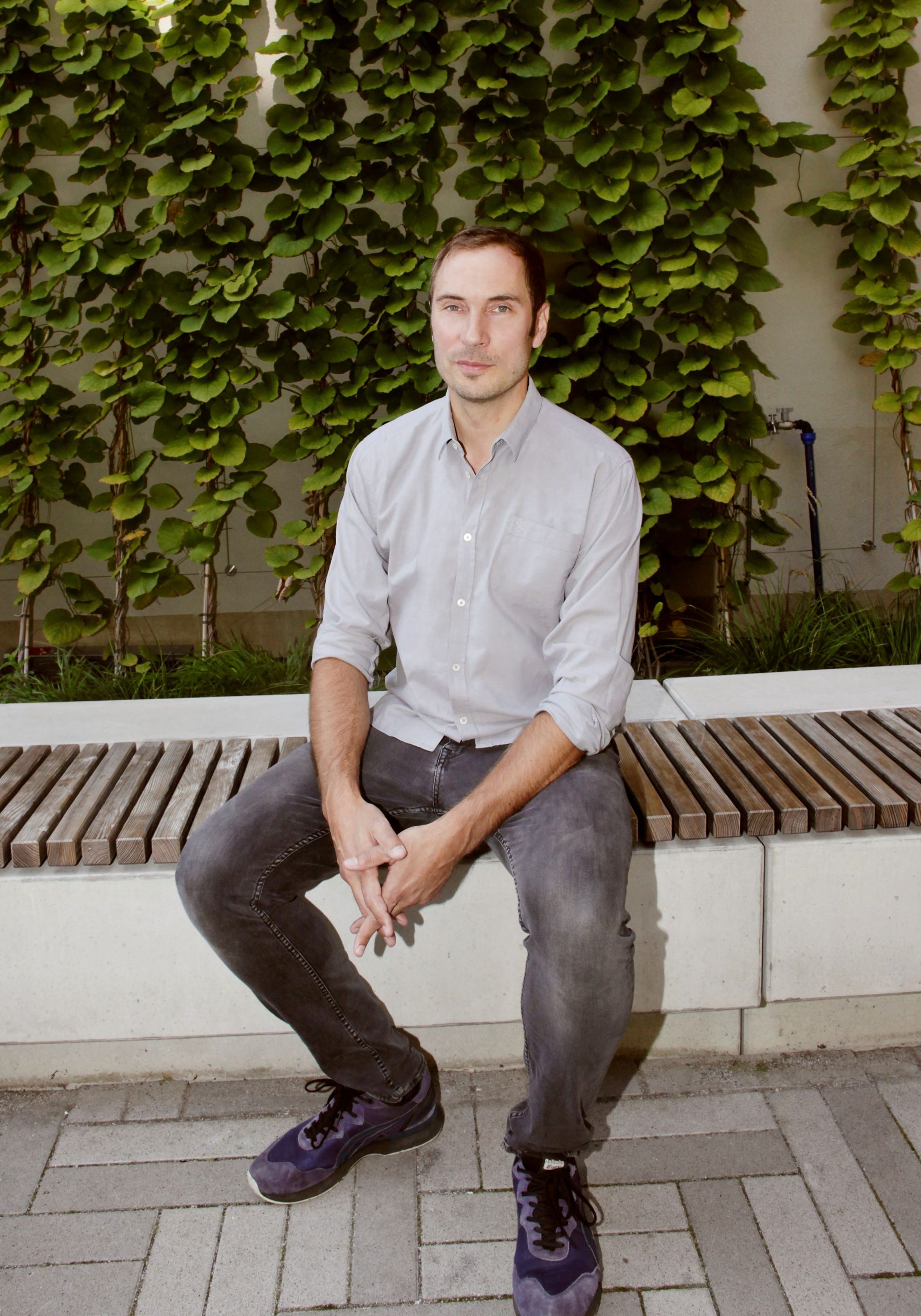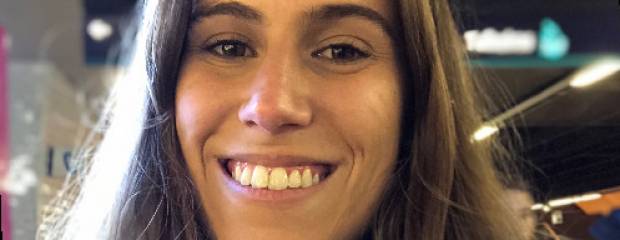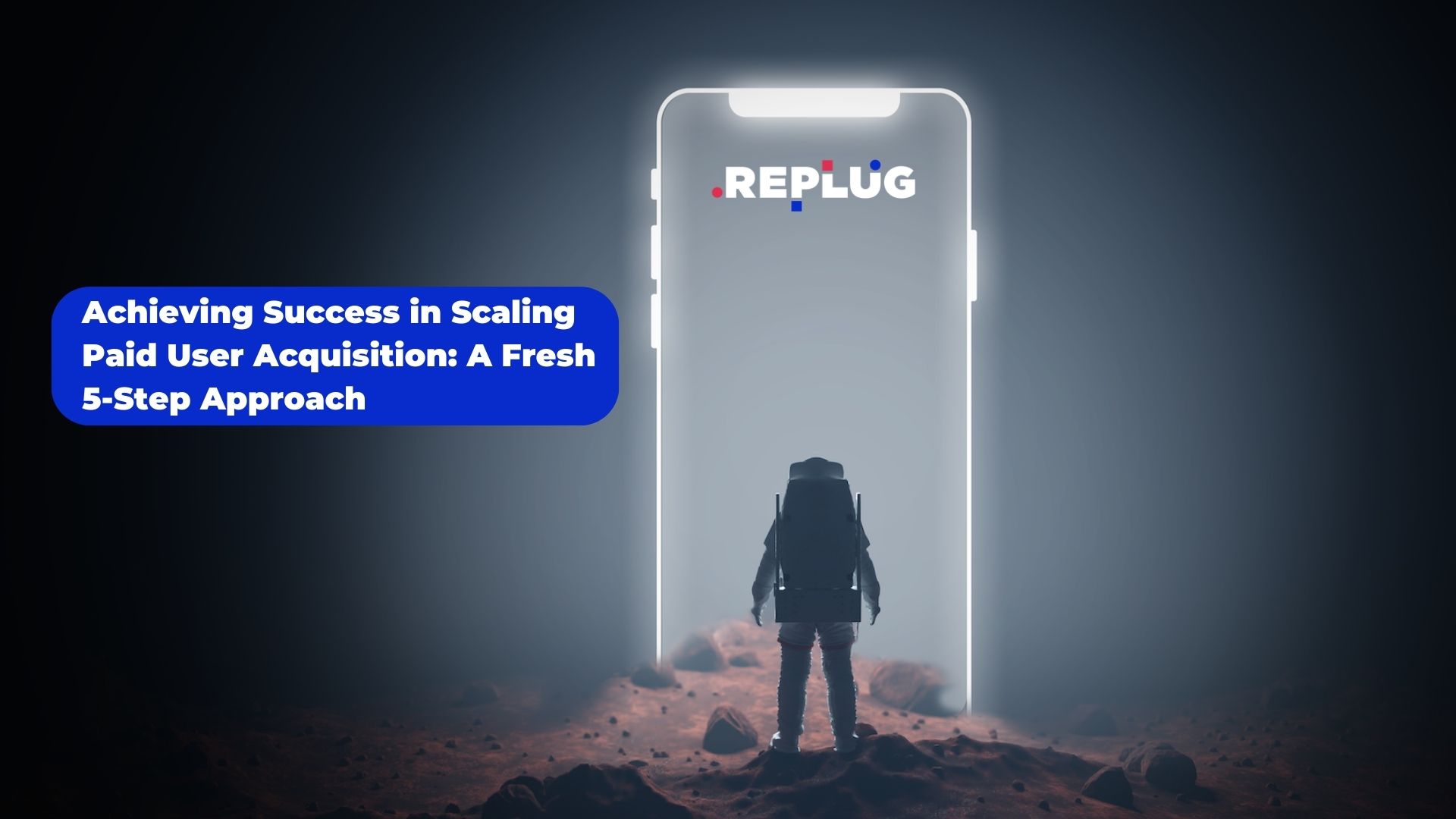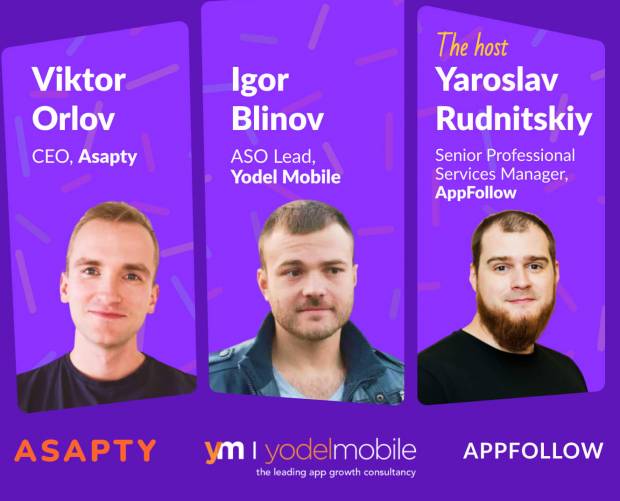Talking influencer marketing with Activate
- Thursday, April 1st, 2021
- Share this article:
Mobile Marketing Magazine discusses influencer marketing trends, changing habits due to the pandemic, and key opportunities for brands with Activate CEO, Nicolas DiSanto.
 Mobile Marketing: Could you please explain some key influencer marketing challenges and opportunities in 2021?
Mobile Marketing: Could you please explain some key influencer marketing challenges and opportunities in 2021?
Nicolas DiSanto: We were already seeing a steady growth towards influencer marketing but naturally, as the pandemic hit, some brands decided to pause their spend. There was anxiety about continuing to run marketing campaigns due to fears this was seen as insensitive in the current climate. Challenges around what these influencer marketing campaigns would look like in the ‘new normal’ was also a cause for concern, as lockdown meant influencers were stuck indoors and unable to participate in glossy brand activations.
Needless to say, influencers have always been resourceful, and with the lockdown restrictions came new opportunities. Stuck at home, influencers were forced to become much more creative with their content creation, and this led to greater amplification of authenticity, as posts were mostly untouched photos of influencers in their natural habitat which helped to boost trust among their followers. Savvy brands who thrived in the pandemic were those in the wellness, fitness, interiors, food and digital entertainment industries, as they saw opportunities to partner with influencers looking for creative ways to survive lockdown.
MM: How has the pandemic accelerated trends like live streaming and shoppable commerce?
ND: Many pre-existing trends have experienced significant growth in the last year as a result of the global pandemic. We’ve seen a rise in video usage, as live streaming coincided with the unstoppable popularity of TikTok and Instagram Reels. Social and shoppable commerce owes much of its success to influencers, who are actively promoting and selling products on live streams, often viewed by thousands of followers at a time. With many consumers still relying on influencer recommendations to make a purchase, expect more brands to include influencers in their marketing campaigns and weave their posts into branded live shoppable feeds for deeper engagement.
Another noticeable trend is the growth in performance-based influencer marketing. By combining influencer activity with performance marketing strategies, brands can drive increased conversions. This hybrid approach means influencers create native ads that resonate better with consumers, which is much more likely to enhance advertising performance and improve overall conversion. Brands can identify the best performing influencer content and create paid ads to target key audiences. As homespun influencer content is perceived as more authentic, this often results in higher engagement and conversion rates.
MM: What were some of the changing influencer behaviours during the pandemic?
ND: At the height of the pandemic, Activate conducted a small survey of 475 influencers to gauge how habits have changed. Just over half of respondents said their screen time has increased significantly since the stay-at-home orders were put in place. While consumers are spending more time on their devices and social media, this has the potential to fuel deeper engagement and higher views on influencer content. It’s also a prime opportunity for creators to test out new content formats. We’re seeing a surge in live programming from creators, as well as innovation in connecting with audiences in new ways, from giving back to those in need, to supporting and highlighting followers who are doing good during this unprecedented time.
Indeed, we also saw 41 per cent of respondents joining TikTok during the stay-at-home lockdown. TikTok has been one of the most talked about social media channels since last year, though up until recently we saw that many veteran creators and older audiences were slow to migrate to this platform. Now is a great time to experiment on TikTok, establish a presence, and garner valuable learnings on what works best for your brand. Activate has integrated with TikTok within the platform so that brands can get deeper insights into creators on TikTok channels.
Finally, creators say they are posting more frequently to social networks like Instagram in particular, with 73 per cent of respondents saying that they are posting to Stories significantly more. The demand for short-form video content has steadily increased over the last several years, and it appears that 2020 may be the year video solidifies its dominance in the influencer space. For brands that haven’t experimented with influencer video content, now is the ideal time.
MM: What makes Activate stand out from competitors?
DM: As one of the leading influencer marketing platforms, Activate is unique because we are the only solution with a unique marketplace for influencers and talent managers. Additionally, our partnership with Impact, the largest affiliate marketing platform in the world, provides our clients access to innovative technology to reach thousands of brand partners in our marketplace. With over 60,000 influencers on Activate, we boast one of the largest influencers communities in the industry and we saw a huge influx of new talent during the pandemic. For brands that are accelerating their influencer marketing campaigns, they can turn to our software which acts as an entry-level CRM tool for managing influencers effectively. Our pioneering technology helps brands automate and maximise efficiency and outcomes while streamlining processes like email outreach and content approval for more efficient campaign management.





